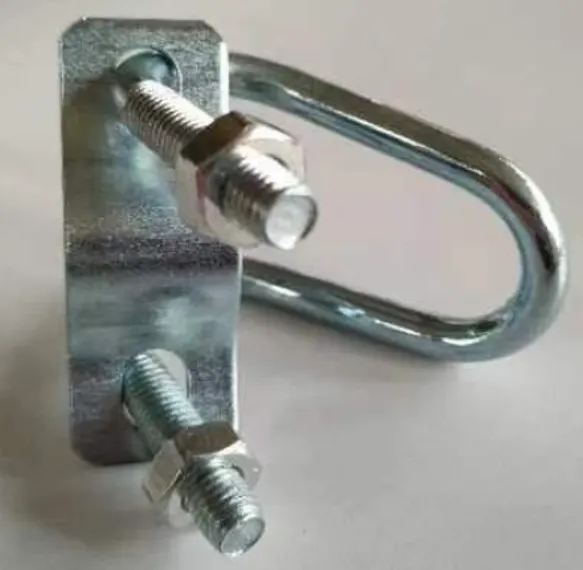loading...
- No. 9, Xingyuan South Street, Dongwaihuan Road, Zaoqiang County, Hengshui, Hebei, China
- admin@zjcomposites.com
- +86 15097380338
- Welcome to visit our website!
Advanced Solutions for Wastewater Treatment Equipment and Technologies
Wastewater Treatment Equipment An Overview of Technology and Importance
Wastewater treatment is a vital process designed to improve the quality of water that has been contaminated by human activities. As the world becomes increasingly industrialized, the necessity for effective wastewater treatment has grown significantly. The goal of wastewater treatment is to remove contaminants and pollutants from water, making it safe for discharge into the environment or for reuse. One of the essential components of this process is the equipment used in various stages of treatment.
Importance of Wastewater Treatment
Wastewater can originate from various sources, including households, industries, and agricultural runoff. Without proper treatment, this water can cause significant environmental harm, polluting rivers, lakes, and oceans, and threatening aquatic life. Moreover, untreated wastewater poses health risks to humans, including the spread of diseases. Therefore, investing in wastewater treatment equipment is crucial for safeguarding public health and protecting natural water bodies.
Types of Wastewater Treatment Equipment
The equipment used in wastewater treatment is diverse, encompassing a range of technologies designed to address different types of contaminants. Here are some of the main categories of wastewater treatment equipment
1. Preliminary Treatment Equipment This equipment is the first line of defense against wastewater pollutants. It typically includes screens and grit chambers that remove large solids, plastics, and inorganic materials from incoming wastewater. By eliminating these larger particulates, preliminary treatment prevents damage to downstream equipment and processes.
2. Primary Treatment Equipment After preliminary treatment, wastewater undergoes primary treatment, which is primarily a physical process. The equipment used in this stage includes primary clarifiers or sedimentation tanks. These units allow solids to settle at the bottom while grease and oils float to the top. The settled sludge is removed for further treatment, while the clarified water moves on to secondary treatment.
waste water treatment equipment

3. Secondary Treatment Equipment Secondary treatment is critical for removing dissolved and suspended organic matter. This stage often employs biological processes and equipment such as aeration tanks and bioreactors. In aeration tanks, microorganisms break down organic pollutants in the presence of oxygen. Advanced systems, such as membrane bioreactors (MBR), combine biological treatment with microfiltration or ultrafiltration, producing high-quality effluent.
4. Tertiary Treatment Equipment Tertiary treatment focuses on further polishing the effluent to remove remaining contaminants, including nutrients like nitrogen and phosphorus. This stage may involve equipment such as advanced oxidation processes, sand filters, or nutrient removal systems. Tertiary treatment is essential for meeting stringent discharge standards and if the treated water is to be reused for irrigation or industrial purposes.
5. Sludge Treatment and Disposal Equipment The byproduct of wastewater treatment is sludge, which must be managed effectively. Equipment for sludge treatment includes thickeners, digesters, and dewatering systems, such as centrifuges or screw presses. These processes reduce the volume of sludge and convert it into a more manageable form, which can be disposed of or repurposed as biosolids for agriculture.
Emerging Technologies in Wastewater Treatment
Recent advancements in technology have led to the development of innovative wastewater treatment equipment. For example, technologies like anaerobic membrane bioreactors use membranes to separate liquids and solids while promoting anaerobic digestion, which reduces sludge and generates biogas as a renewable energy source. Another promising technology is the use of artificial intelligence and machine learning to optimize treatment processes, improve efficiency, and reduce operational costs.
Conclusion
Investment in wastewater treatment equipment is essential for protecting public health and the environment. As global water demand increases and water scarcity becomes a pressing issue, efficient wastewater treatment presents opportunities for water reclamation and reuse. With ongoing advancements in technology, the future of wastewater treatment looks promising, enabling more sustainable management of water resources. By understanding the importance of various treatment processes and their corresponding equipment, communities and industries can work towards cleaner water and a healthier ecosystem.
-
The Rise of FRP Profiles: Strong, Lightweight, and Built to LastNewsJul.14,2025
-
SMC Panel Tanks: A Modern Water Storage Solution for All EnvironmentsNewsJul.14,2025
-
GRP Grating: A Modern Solution for Safe and Durable Access SystemsNewsJul.14,2025
-
Galvanized Steel Water Tanks: Durable, Reliable, and Ready for UseNewsJul.14,2025
-
FRP Mini Mesh Grating: The Safer, Smarter Flooring SolutionNewsJul.14,2025
-
Exploring FRP Vessels: Durable Solutions for Modern Fluid HandlingNewsJul.14,2025
-
GRP Structures: The Future of Lightweight, High-Performance EngineeringNewsJun.20,2025
